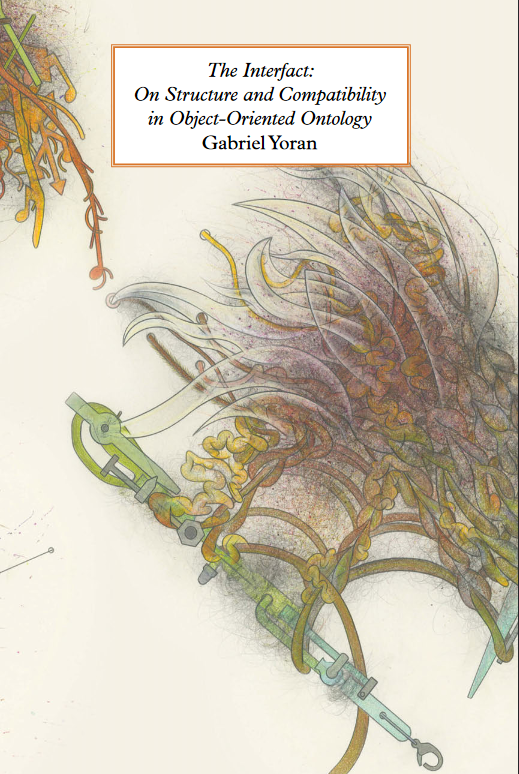The Interfact
Editorial: Open Humanities Press
Licencia: Creative Commons (by-nc-sa)
Autor(es): Yoran, Gabriel
Objects in object-oriented ontology (OOO) are mysterious and inexhaustible entities. But since OOO grants ontological priority to objects, it should have an easy time referring to objects. But this is not the case.
In The Interfact, Yoran researches the question of how OOO refers to an object's haecceity, its "thisness." He starts with an investigation into OOO's eponymous practice, object-oriented programming (OOP) and identifies not just a plethora of parallels, but finds OOP's concept of interfaces (as structured ways of object confrontation in time) a promising tool to describe both the rift between all objects and their relative stability.
Yoran then extends Harman's fourfold diagrams to reflect the linkages between fourfolds, revealing that objects necessarily are parts of other objects. This phenomenon, which he calls out-of-phase objects, reveals links to Simondon's notion of compatibilisation.
Yoran argues that objects are necessarily integrated into a fabric of interconnected fourfolds as well as component-compound relations. This structure solves the problem of object identification, by recognizing the object-fourfolds as overlaps, a mutually stabilizing structure which allows for reproducible object confrontation in time, or facts.
[London: 2021]
Compartir:
Una vez que el usuario haya visto al menos un documento, este fragmento será visible.


